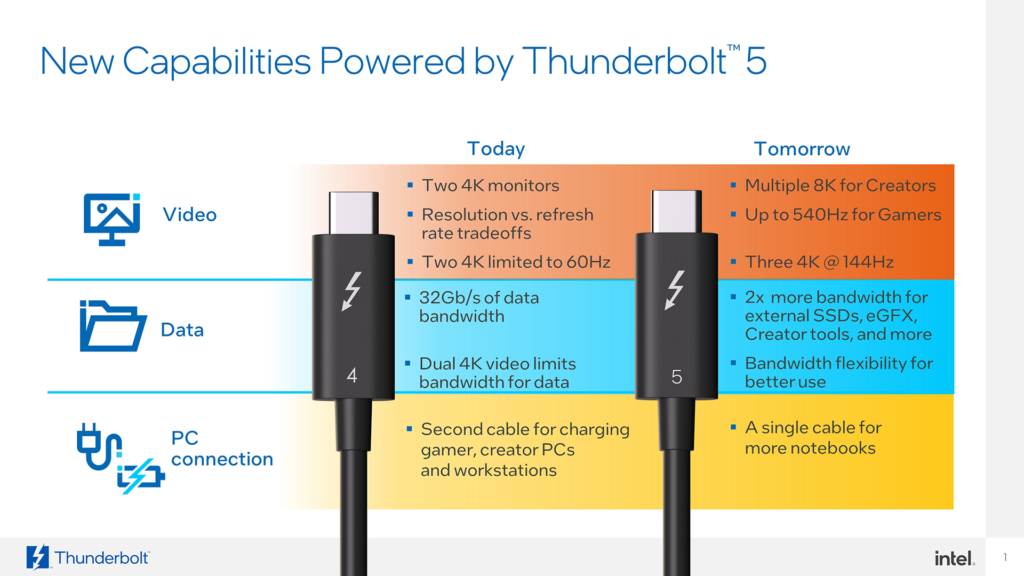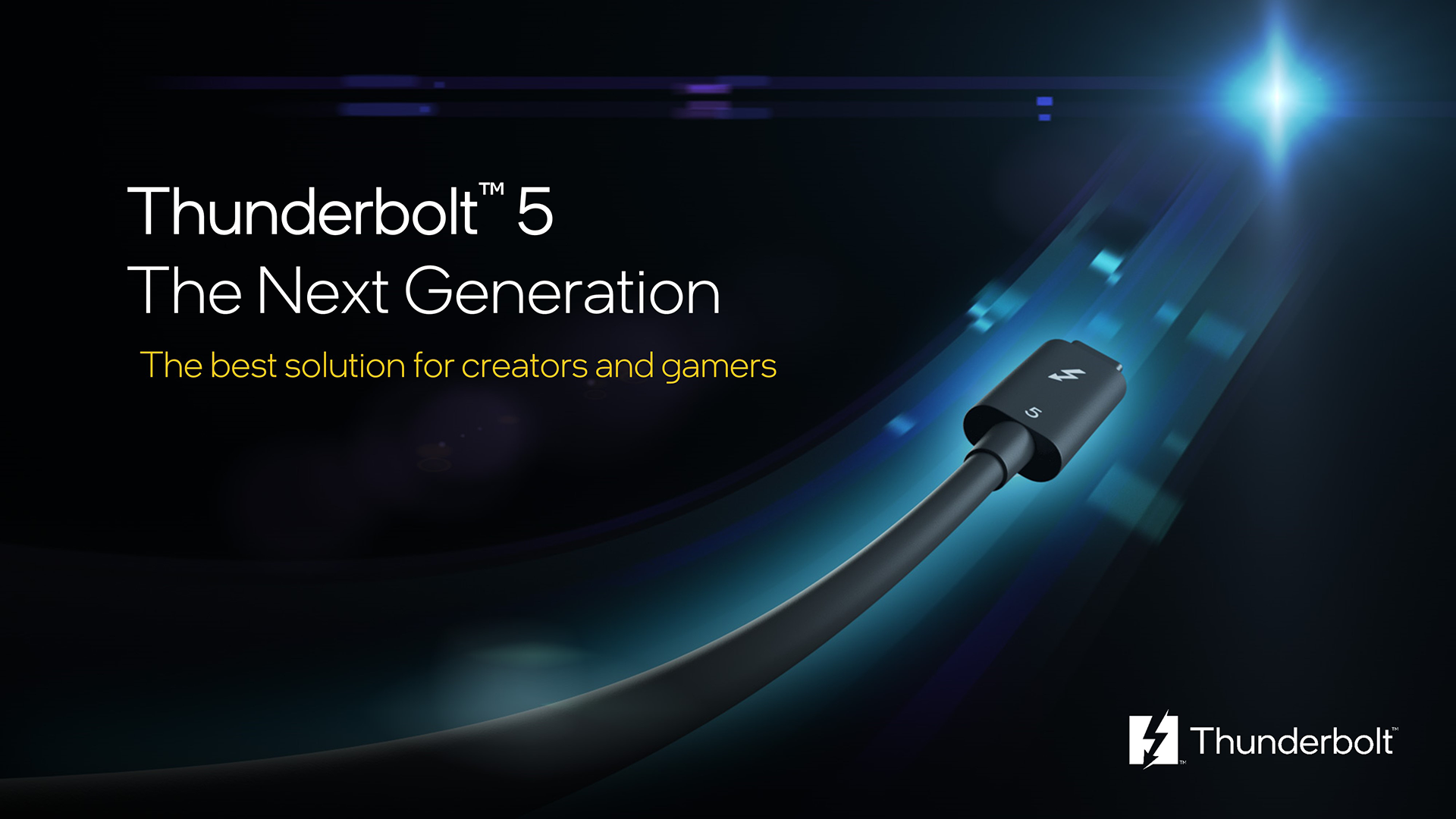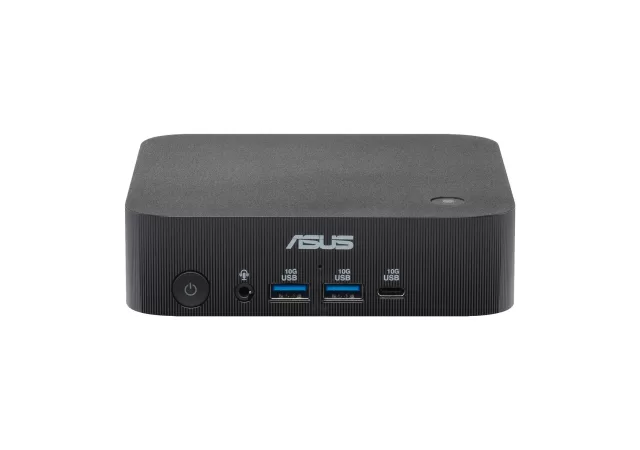Intel has officially taken the wraps off Thunderbolt 5, the next generation of its renowned Thunderbolt connectivity technology. In a demonstration that showcased a prototype laptop and dock, Intel highlighted the remarkable improvements in speed and bandwidth that Thunderbolt 5 promises to bring to the world of computing.

With content creators, gamers, and professionals demanding ever-increasing bandwidth, Thunderbolt 5 is ready to meet these high demands. Whether it’s high-resolution displays, low-latency visuals, or handling larger video and data files, Thunderbolt 5 is engineered to provide the performance and bandwidth needed for these modern computing needs.
The new standard is poised to deliver an impressive 80 gigabits per second (Gbps) of bi-directional bandwidth, and with its Bandwidth Boost feature, it can provide a whopping 120 Gbps, offering an unparalleled display and data experience. This substantial leap provides up to three times more bandwidth than existing connectivity solutions, ensuring that users enjoy superior display quality and lightning-fast data connections.
Thunderbolt 5 builds upon Thunderbolt 4 and is designed to be fully compatible with previous Thunderbolt versions and USB4 V2 standards. This ensures users can seamlessly integrate Thunderbolt 5 into their existing setups without compatibility concerns.

Intel isn’t the only one behind Thunderbolt 5. Industry leaders like Microsoft and Apple are also collaborators in developing this new technology. This also means that it’s compatible with Windows-based systems as well as Macs. Both Windows and Mac users can also benefit from the lightning-fast speeds and connectivity Thunderbolt 5 offers.
Intel’s Thunderbolt 5 controllers, codenamed Barlow Ridge, are expected to power computers and accessories starting in 2024. However, Thunderbolt 4 will continue to serve users who don’t require the extreme bandwidth that 5 delivers.
Stay tuned for the arrival of Thunderbolt 5 in 2024, and get ready to experience a new era of lightning-fast, high-bandwidth connectivity.






